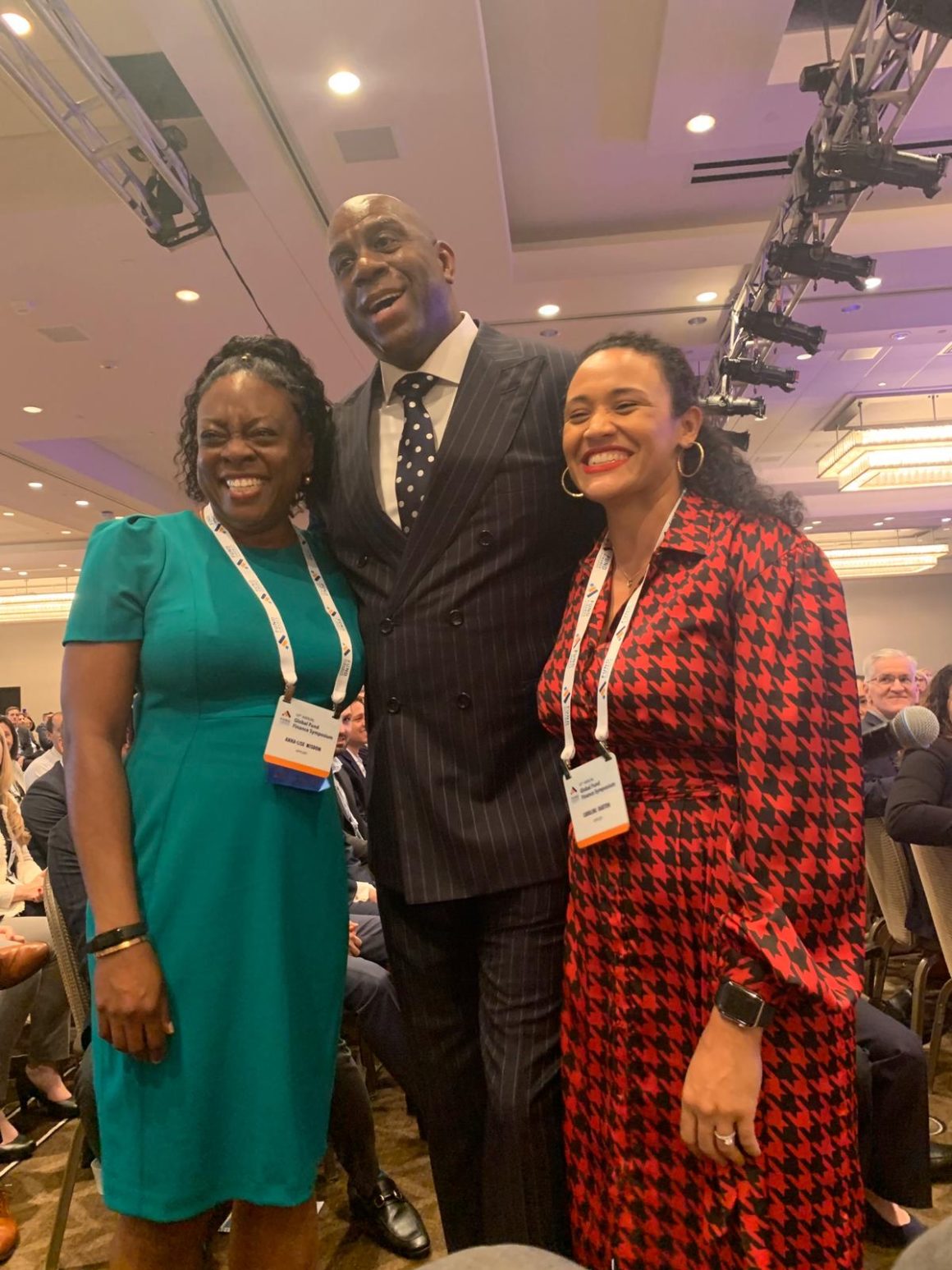The FFA Board promised to go big for the 10th Annual Fund Finance Symposium in Miami, and they delivered. The Content Committee really shook things up this year with standard and generally expected content interspersed with some truly thought-provoking discussions and presentations over the two days. The key takeaways were:
- With the enactment of the Cayman Islands Private Funds Law 2020 coming just days before the conference, the Cayman lawyers had something concrete to talk about on the “Legal Updates” panel this year! I was able to talk the Friday morning audience through the drivers behind the Law, the effects of failure to comply and the main takeaways for lenders insofar as their facility documentation is concerned. With transitional measures for registration applications firmly in place as of 20 February, the update was truly timely.
- Turning to other updates across Europe and the US, Luxembourg lawyers Martin Wurth and Vassiliyan Zanev spoke about the proposed EU Securitization Regulation and other regulations being put in place to harmonize conflicts of law rules with respect to perfection of security. Chris Delson from Morrison and Foerster also highlighted certain shortcomings of the ILPA Model LPA insofar as fund finance facilities are concerned.
- Open discussions on several of the panels highlighting the challenges of putting a true “cradle to grave” hybrid facility in place given the different risk profiles involved. One panelist even admitted there are more failed hybrids than any other type of facility. There was a general consensus that most “hybrid” facilities will actually be subscription lines with some NAV support.
- It is clear that North America is still the preferred market for lenders, with Europe and Asia jostling to catch up while dealing with specific challenges affecting their markets. The North American capital call facility market is now a mature market where bankable LPAs are common. Quaere whether non-bank lending will find traction in the North American market in the way it appears to be growing in Europe.
- Stephanie Kelton’s discussion of modern monetary theory (MMT) definitely raised a few eyebrows. She posited that, when you look at it through the MMT lens, a government deficit is simply a credit to another sector of the economy. Therefore, the question that should be guiding federal spending is whether or not the economy can absorb additional spending without going into inflationary mode (resource constraints vs. deficit constraints). I picked up a new favourite quote from Stephanie’s presentation, “Taxes for revenue are obsolete!”
The highlight of my experience at the Symposium was Former Secretary of State Hilary Rodham Clinton’s interview with Nick Mitra. It was a very carefully explored discussion which shone a light on Hilary as a gutsy woman who is a true public servant at heart, and who has shown remarkable bravery and resilience in the face of some pretty hard knocks. She challenged us to acknowledge the gutsy people in our own lives, and to make the effort to use them as examples for the next generation.
There was an engaging and dynamic session led by Earvin “Magic” Johnson. Always striving to be forward-thinking, Magic took the necessary steps to gain business acumen when he was at the height of his professional basketball career and has since channeled his personal success back into underserved urban American communities. His words and actions truly embody the spirit of giving back. It was an absolute privilege to be in his company – and we have the pictures to prove it!
David Rubenstein closed the keynotes on Friday with a powerful fireside chat with John Shrewsberry of Wells Fargo. David walked us through key moments in his life and business, and the journey from founding the Carlysle Group in 1987 to its USD222 billion AUM from 33 offices around the world.
Overall, the conference was truly a pleasure to attend. While key takeaways on industry standards, development and the success that many have seen in this niche market were realised, there was also a refreshing theme throughout the conference of giving back. Attendees were prompted to consider ways in which we can all make the FFA culture one of both success and philanthropy. Examples included mentoring the next generation, supporting the FFA University initiative, getting involved in the FFA’s Diversity Initiative or, as lenders of capital into the space, promoting environmentally sustainable investment.
I am eagerly awaiting the surprises to come at 2021’s Global Symposium.
For more information on topics covered at the Global Fund Finance Symposium, or if you have any questions, please reach out to Anna-lise or your usual Appleby contact.


